![]()
![]()
![]()
Use LEFT and RIGHT arrow keys to navigate between flashcards;
Use UP and DOWN arrow keys to flip the card;
H to show hint;
A reads text to speech;
13 Cards in this Set
- Front
- Back
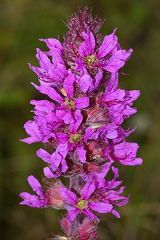
|
Purple Loosestrife Wetlands Insect pollination Wind, water, and animal dispersal Very problematic evasive |
|
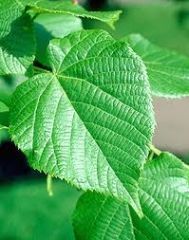
|
American Basswood Sites range from poor rocky soil to wetland areas Insect pollination (bees) Wind and animal dispersal Flowers used by honeybees for nectar Provides a distinct honey
|
|
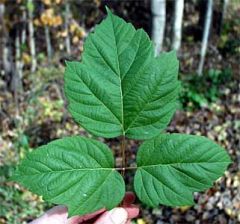
|
Boxelder Resembles poison ivy Banks of streams and rivers Urban areas Wind pollination
|
|

|
Tree of heaven Disturbed urban areas and altered landscape edges Thrives in poor soils Insect pollination--Honeybees and beetles Wind dispersal Rapid growing root system allows it to establish itself onto roofs and cracked walls Has damaged archeological sites
|
|
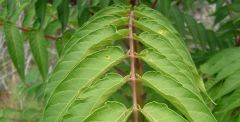
|
Tree of heaven Disturbed urban areas and altered landscape edges Thrives in poor soils Insect pollination--Honeybees and beetles Wind dispersal Rapid growing root system allows it to establish itself onto roofs and cracked walls Has damaged archeological sites |
|
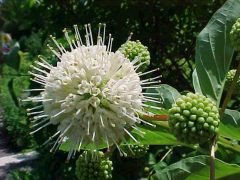
|
Buttonbush Diagnostic wetland plant Obligate wetlands Insect pollinated (Flowers small and fragrent) Dispersal-birds, small animals, and insects
|
|

|
Common Cattail Always found around or near water Commonly on marshes, ponds, lakes or rivers Wind pollination Wind dispersal Native American cultures used roots to treat boils and burns
|
|
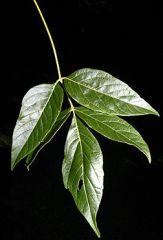
|
Boxelder |
|

|
Broad leafed arrow head Shallow wetlands Insect pollination Propogates by tubers Absorbs large amounts of amonia thus cleaning the water |
|
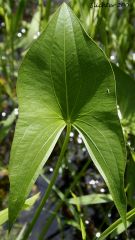
|
Broad leafed arrow head Shallow wetlands Insect pollination Propogates by tubers Absorbs large amounts of amonia thus cleaning the water |
|

|
Tall Goldenrod Moist/Sandy beaches Interdunial wetland Insects pollinate Wind dispersed Edison believed that it could be used for domestic rubber production due to its high percentage of latex |
|

|
Common reed grass Wetlands Wind dispersal Wind pollination Occurs on every continent aside from Antartica Introduced from Europe and Asia
|
|

|
Canadian Yew Coniferious and mixed woods Wind pollination Bird dispersal- Eating waxed wings and dispersed in droppings Contains taxaines which have been the subject of much cancer treatment research
|

